Italian delicacies is well-known – and well-liked – everywhere in the world. Whether or not it’s pizza, pasta, or gelato, many individuals have a favourite Italian dish, a go-to Italian restaurant of their hometown, and a dream of consuming genuine Italian meals in its nation of origin. However why is Italian meals so particular?
Soar to a piece of this text
An Overview of Italian Delicacies
Italian meals comes down to 2 easy ideas: range and ease. Throughout the completely different areas of Italy, you’ll discover vastly completely different dishes, every highlighting the geographical, historic, and cultural roots of a particular space. These dishes signify a area’s identification and encourage native delight.
Regional specialties, from Sicilian Arancini (fried rice balls) to Venetian Sarde in Saor (sardines in a candy and bitter sauce), couldn’t be extra completely different, which means nobody fashion or taste defines Italian delicacies.
Maybe the one factor that unites all Italian dishes is the idea that easy cooking utilizing contemporary, native components is at all times finest. Eating places serve what’s in season, and cooks proudly boast about freshly caught seafood or basil grown in their very own gardens.
There’s a cause why a dish so simple as buffalo Mozzarella and tomato tastes so a lot better in Italy – as a result of the produce is contemporary, native, and handled with care. In fact, we will’t neglect a drizzle of additional virgin olive oil.
With these robust ideas of regional range and easy cooking, Italian meals has been transported across the globe. The affect of Italian delicacies will be felt not solely in restaurant kitchens but additionally within the each day consuming, buying, and cooking practices of individuals worldwide.

Historical past of Italian Delicacies
The Origins of Italian Delicacies
Italian delicacies dates again to 400 BC when a Greek Sicilian wrote about high quality components and the easy preparation of fish. Because the Roman Empire expanded, simplicity gave technique to extra. Conquering Romans introduced again spices, grains, seafood, fruit, cheese, and meat to reinforce their diets.
Italian Meals in The Center Ages
After the Roman Empire started to wane, different influences took maintain of Italy in the course of the Center Ages. Within the north, butter and beer had been launched whereas within the south, Arabs introduced fruit, greens, and the wheat used to make pasta to Sicily.
In distinction to the big banquets of the Roman Empire, an increase in Christianity throughout Europe within the Center Ages emphasised fasting, easy meals, much less meat, and a reliance on bread and legumes.
A Fifteenth-century cookbook from Rome talks in regards to the significance of contemporary herbs reasonably than dried spices, whereas different cookbooks from the period start to trace on the regional variations that Italian delicacies will turn into recognized for.
The Renaissance of Italian Meals
Coming into the Renaissance, Italy’s meals flourished alongside its artwork, music, and philosophy. The bourgeoisie class was established with a concentrate on consuming for pleasure and experimenting with meals.
Tuscany excelled in the course of the Renaissance. The olive oil, wine, and meat the area is thought for as we speak first turned common again within the 1400s-1600s. Different components of Italy additionally started to specialise in sure cuisines throughout this time, similar to massive banquets for the Pope in Rome and the import of spices and sugar by Venice.

Italian Delicacies in The 18th & nineteenth Centuries
This emphasis on regional variations prolonged into the 18th century. To rival French delicacies, which was gaining in recognition on the time, Italian cooks determined to concentrate on regional specialties, reasonably than a unifying Italian taste.
Cookbooks within the 18th and nineteenth centuries started to deal with on a regular basis Italians cooking at house, reasonably than simply skilled cooks. Coupled with the developments in meals expertise on the time, this made cooking and consuming Italian meals way more accessible.
WW2 & Put up-Warfare Italian Meals
Throughout World Warfare II, components had been rationed in Italy and households needed to give you inventive substitutes. However following the conflict, once-luxury components turned much more accessible because of newfound fridges and ovens in house kitchens. Italians started to eat for pleasure as soon as extra, searching for easy and handy meals that will match into their busy lives.
Put up-war, many Italian components and conventional methods of cooking additionally started to be protected below EU regulation. This helped protect the cultural and historic significance of Italian delicacies, whereas additionally making it extra revered world wide.
Italian Delicacies Immediately
These days, genuine Italian delicacies is characterised by its regional variations and emphasis on conventional cooking strategies. These fundamentals typically butt heads with extra fashionable methods of pondering, similar to fusion delicacies and quick meals. Concepts like Italy’s Gradual Meals motion, which was based in 1986, assist protect what makes good Italian meals value ready for.
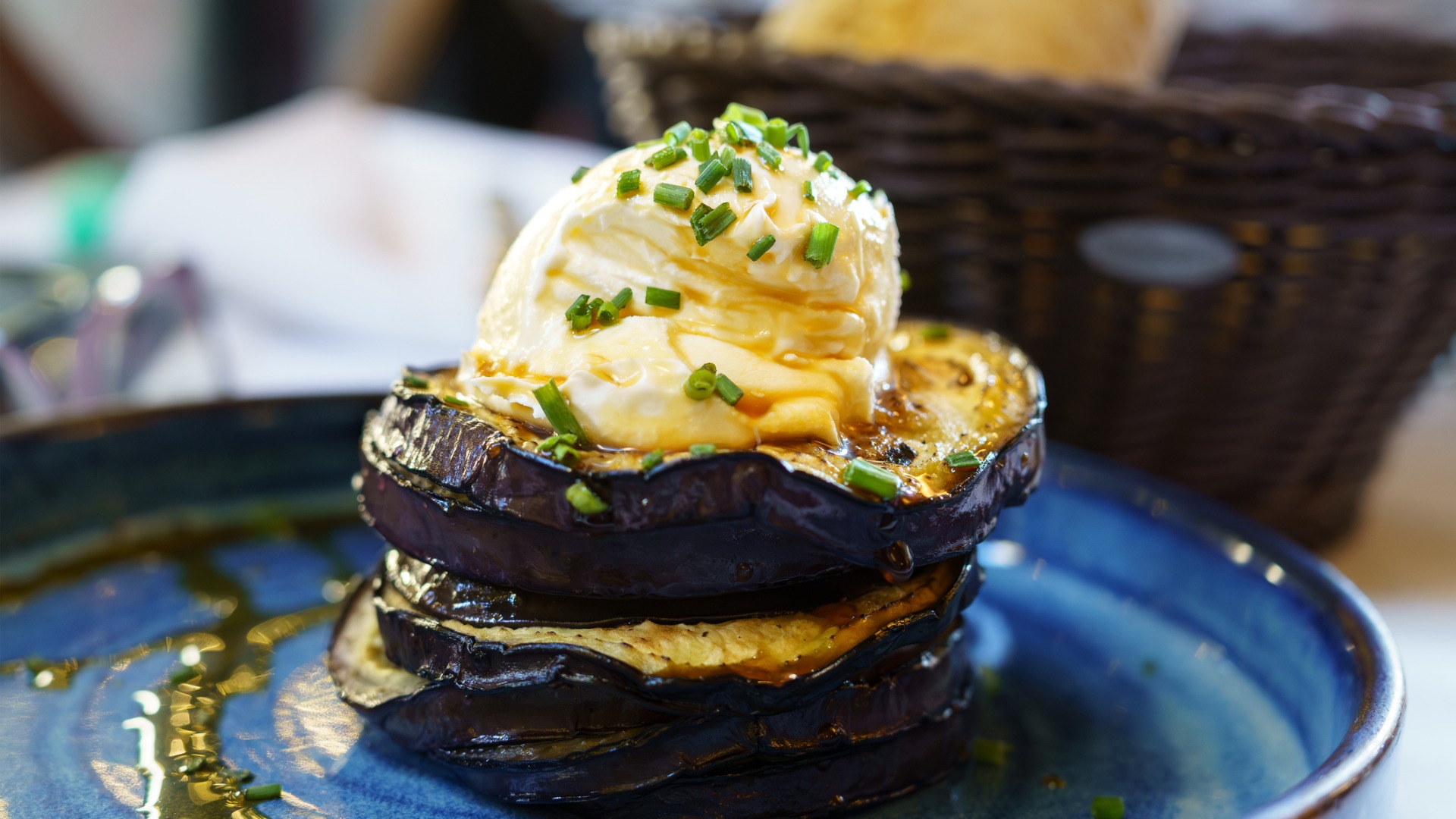
Key Elements of Italian Meals
Whereas Italian delicacies could be very various and plenty of components really feel at house on an Italian plate, there are some key components carefully related to Italian cooking.
Olive Oil
The olive tree first reached Greece in 2800 BC, was introduced alongside the Mediterranean as Greeks conquered and explored, and continued to unfold all through the Roman Empire. Olive oil turned a staple of Historical Roman cooking and continues to be a key ingredient in fashionable Italian delicacies.
Italy is the second-biggest producer of olive oil after Spain and third-largest shopper after Greece and Spain. Most olive oil in Italy is produced in Calabria, Puglia and Tuscany.

Tomatoes
Throughout the colonization of the Americas, the Columbian Alternate introduced tomatoes to Italy. At first, tomato vegetation had been seen as decorative, with Italians even utilizing them as desk decor. However by the seventeenth and 18th centuries, contemporary tomatoes started to search out their approach into basic Italian dishes.
Over the following few centuries, completely different tomato varieties had been cultivated primarily based on their rising area, whereas new methods of utilizing tomatoes emerged, similar to sun-dried tomatoes and tomatoes in pizza sauce.

Herbs
Whereas Italian delicacies is thought for its simplicity, contemporary herbs and regional spices are nonetheless prized within the kitchen. Basil is a standard ingredient in northern Italy, the place it’s utilized in pesto, and within the south, the place it’s seen on pizza. In actual fact, there are particular sorts of basil grown in these areas – Genovese basil and Napolitano basil.
Oregano is one other key herb in Italian cooking. It’s hottest down within the south, the place it’s paired with spicy meals, grilled meats, and grilled greens. US troopers following WWII introduced oregano again to America the place it’s used on pizza.
Count on to see rosemary pop up in your culinary tour of Italy. It’s a staple herb in Abruzzo, alongside chili peppers and garlic. Rosemary additionally exhibits up in Ligurian Focaccia bread, stuffed meat in Marche, and as a part of bread desserts in Tuscany.
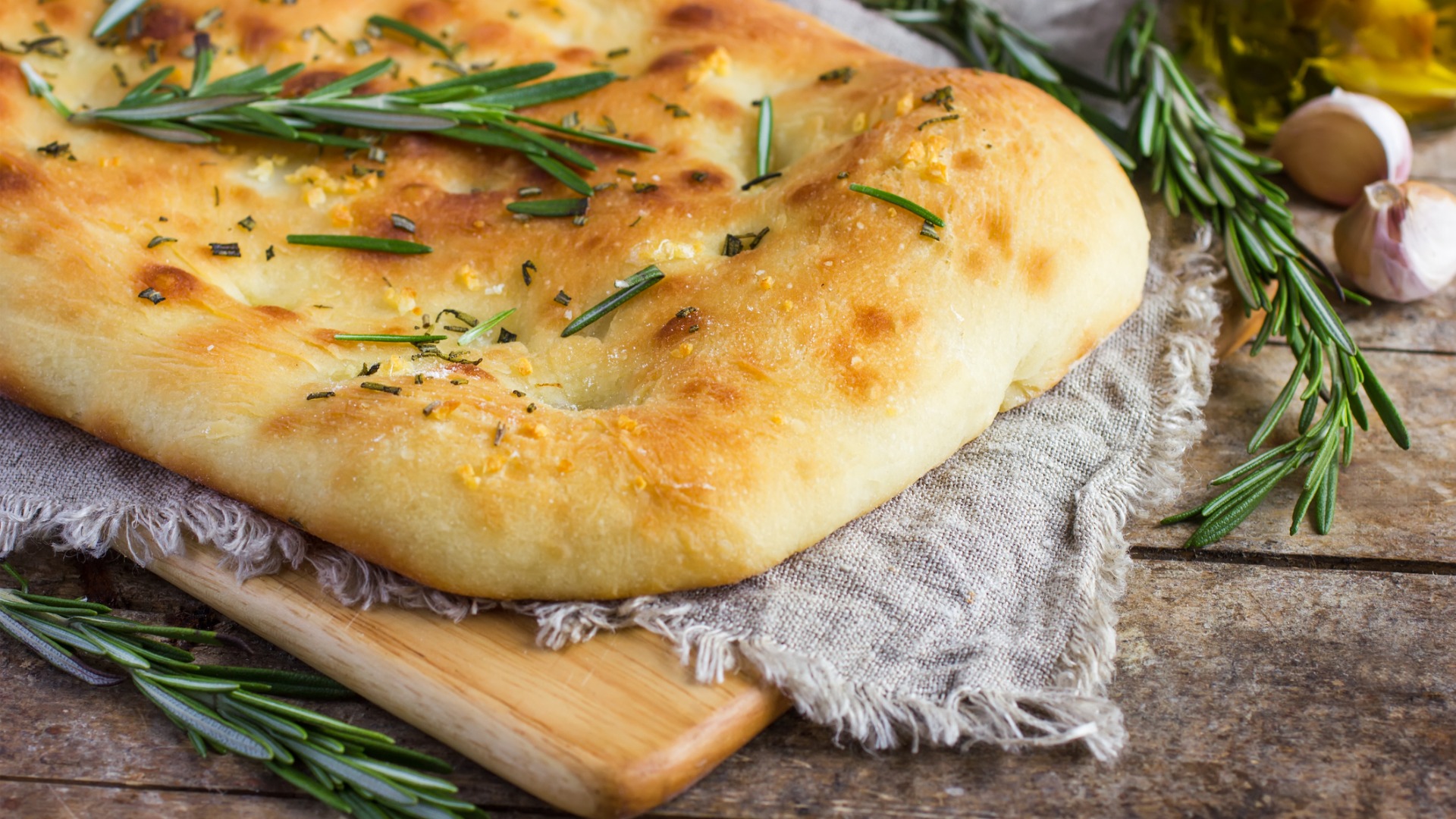
Cheese
Cheese has lengthy been an necessary a part of Italian delicacies. Throughout the reign of the Roman Empire, Greek bakers in Sicily had been recognized to be the most effective cheesemakers. Cheese continued to be a staple meals all through the centuries, even incomes logos and protections within the fashionable period.
Like most Italian components, completely different styles of cheese are common in each area. In Emilia-Romagna, Parmigiano Reggiano is the cheese of selection. Buffalo Mozzarella is well-known within the south whereas Ricotta cheese seems in each candy and savory dishes all through the nation, such because the well-known Cannoli in Sicily.
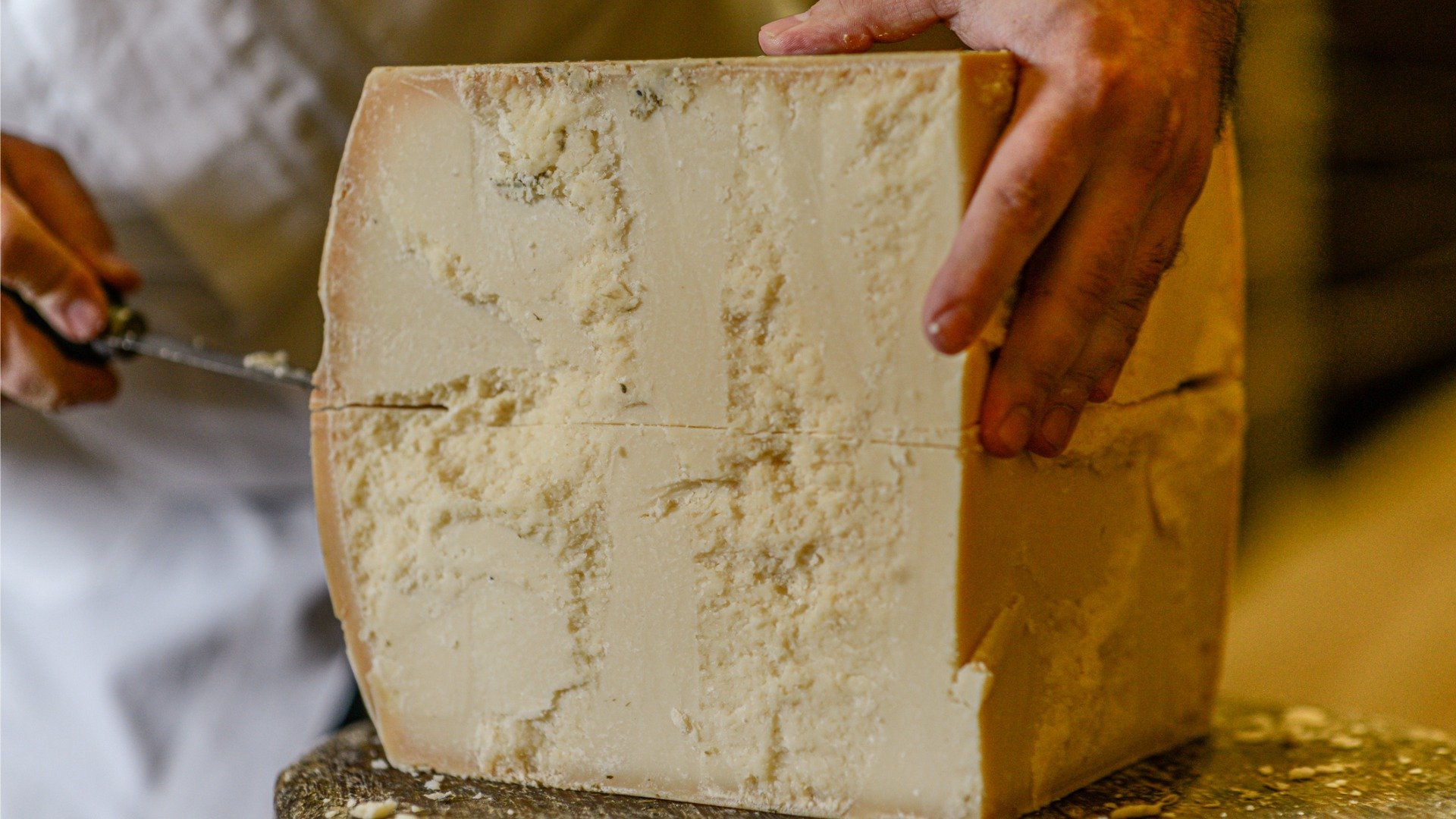
Meat & Seafood
Moreover a fast leaning in the direction of vegetarianism within the Center Ages, meat and seafood have at all times been distinguished within the Italian weight-reduction plan. Beef, pork, and poultry are served as standalone dishes, in addition to integrated in Italian pastas. Italy can also be well-known for its cured meats, similar to Prosciutto, Salami, and Pancetta from the Emilia-Romagna area.
Naturally, seafood is hottest in coastal areas of Italy however loved all through the nation. It’s sometimes the second course served in an Italian meal and historically eaten on Christmas Eve. Mussel dishes are seen in Puglia and Abruzzo, shellfish is widespread in Calabria, Marche serves stuffed fish whereas sardines are an enormous hit in Sardinia.
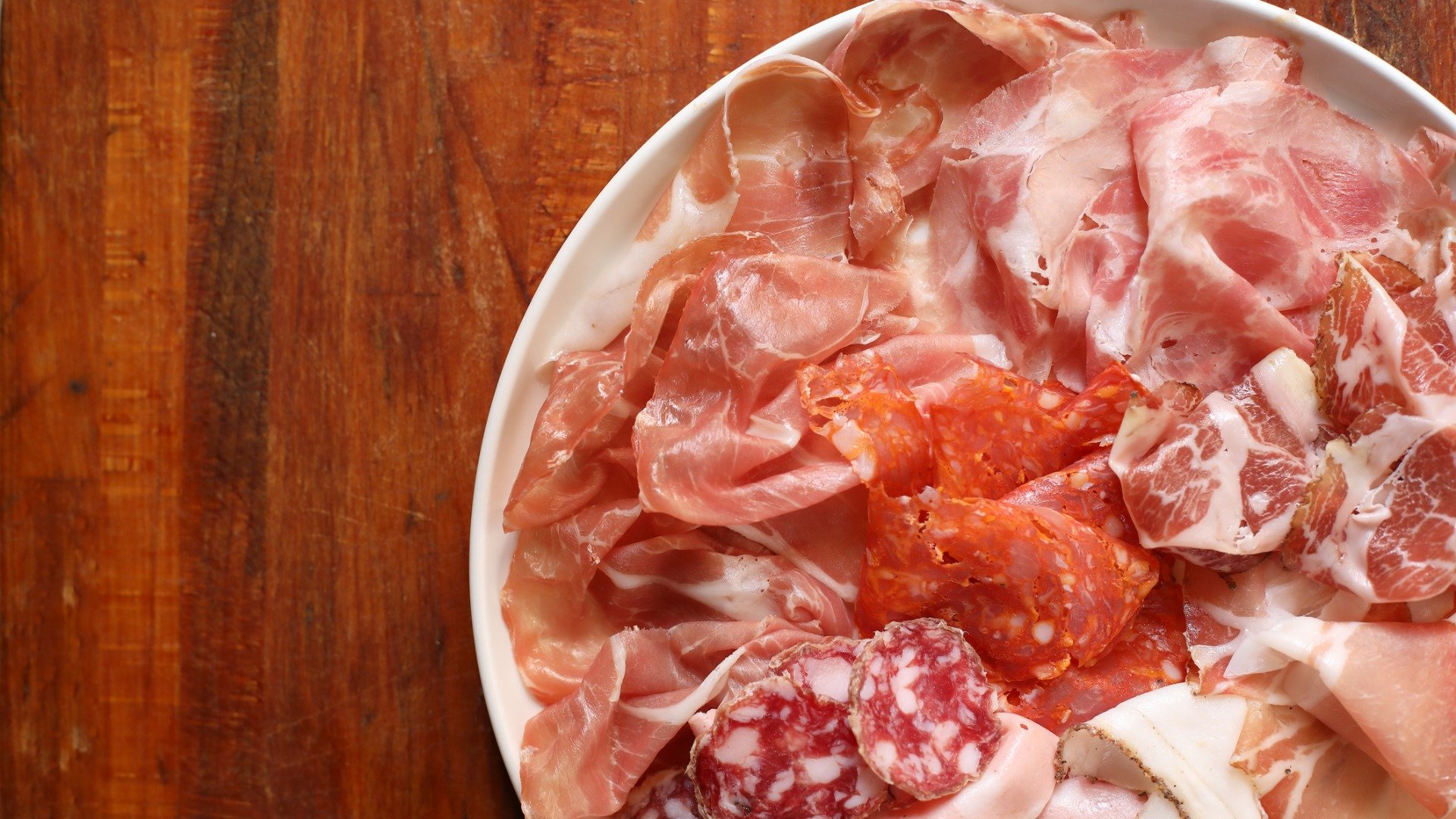
Regional Variations of Italian Delicacies
As we’ve already talked about, Italian delicacies varies broadly from area to area, permitting you to have an unparalleled gastronomical expertise regardless of the place you go. Under is an inventory of some widespread traits and common dishes you’ll discover within the completely different areas of Italy.
Northern Italy
Fish, potatoes, rice, corn, and heavier meats, like pork and sausages, are common components of Northern Italian delicacies. In fact, pasta can also be a staple, normally made with contemporary eggs in comparison with Southern Italy, the place you’ll see extra dried pasta with durum wheat.
Liguria, on the northwest coast of Italy, is thought for contemporary fish, herbs, and greens. The area is legendary for its Pesto sauce and native Focaccia. Ligurians additionally use chickpeas and chestnuts of their cooking.
Over on the northeast coast, the Veneto area’s delicacies varies relying on how near the coast a metropolis is. In Venice, Venetian delicacies highlights contemporary seafood in dishes such because the well-known squid ink Risotto. Inland, you’ll see extra meat, in addition to asparagus and pumpkin. All through Veneto and Northern Italy, Polenta is a standard dish.
Lombardy’s delicacies is exclusive for its choice for stuffed pasta over dried, butter over olive oil, and the prevalence of each rice and Polenta. Well-known Lombard dishes embrace Risotto alla Milanese (flavored with saffron), Ossobuco (veal and greens in broth), stuffed pasta, Grana Padano and Gorgonzola cheese, and Panettone (mushy bread with candied fruit).
Emilia-Romagna is perhaps essentially the most well-known area for foodies in Northern Italy if not all of Italy. Fashionable pasta dishes, similar to Tortellini, Tagliatelle, and Lasagna, had been born out of this area, in addition to Italian staples like Parmesan cheese and balsamic vinegar. Emilia-Romagna can also be well-known for its cured meats.
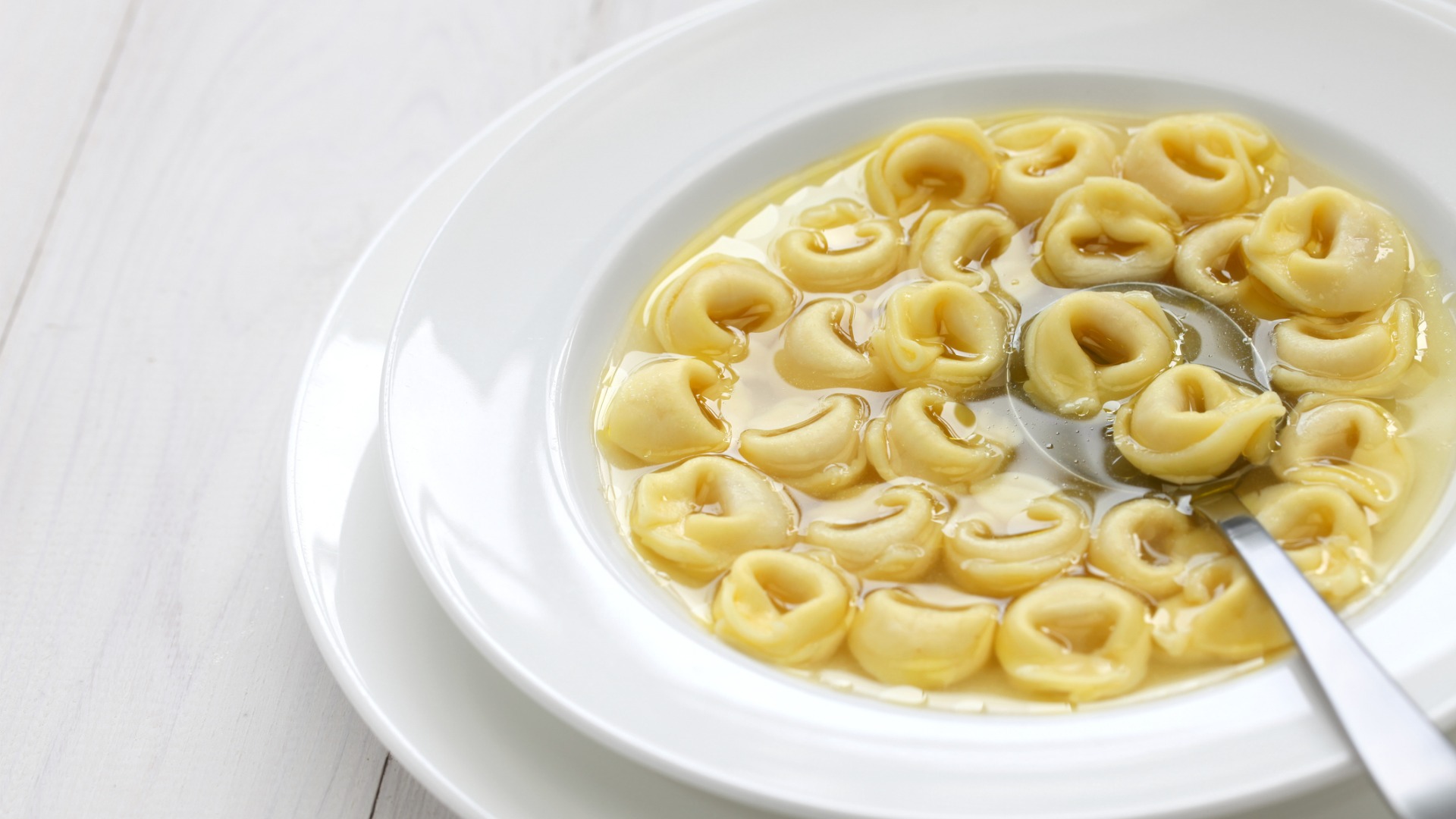
Central Italy
Central Italy includes the areas of Lazio (the place you’ll discover Rome), Tuscany (the place you’ll discover Florence), Umbria, and Marche.
A lot of the produce in Lazio comes from the Roman Campagna space. This has resulted in components like artichokes, peas, lamb, and goat displaying up within the regional delicacies. Some well-known Roman dishes embrace pasta Carbonara and Arrabbiata, with homegrown components like Pecorino Romano cheese and Porchetta.
Tuscan delicacies is all about easy cooking that highlights contemporary native components. Traditional dishes embrace Ribollita (a peasant soup that makes use of leftovers), Pici (hand-rolled pasta), and Bistecca alla Fiorentina (Florentine steak). Tuscany can also be well-known for its recreation meat served in Pappardelle pasta, prized white truffles, and wealthy wine area.
Umbrian dishes use a number of native olive oil and herbs and are sometimes roasted or boiled. Frequent components embrace recreation meat (like boar and pheasant), black truffles, lentils, and freshwater fish. In close by Marche, fish and seafood reign on the coast whereas pork is most prevalent inland.
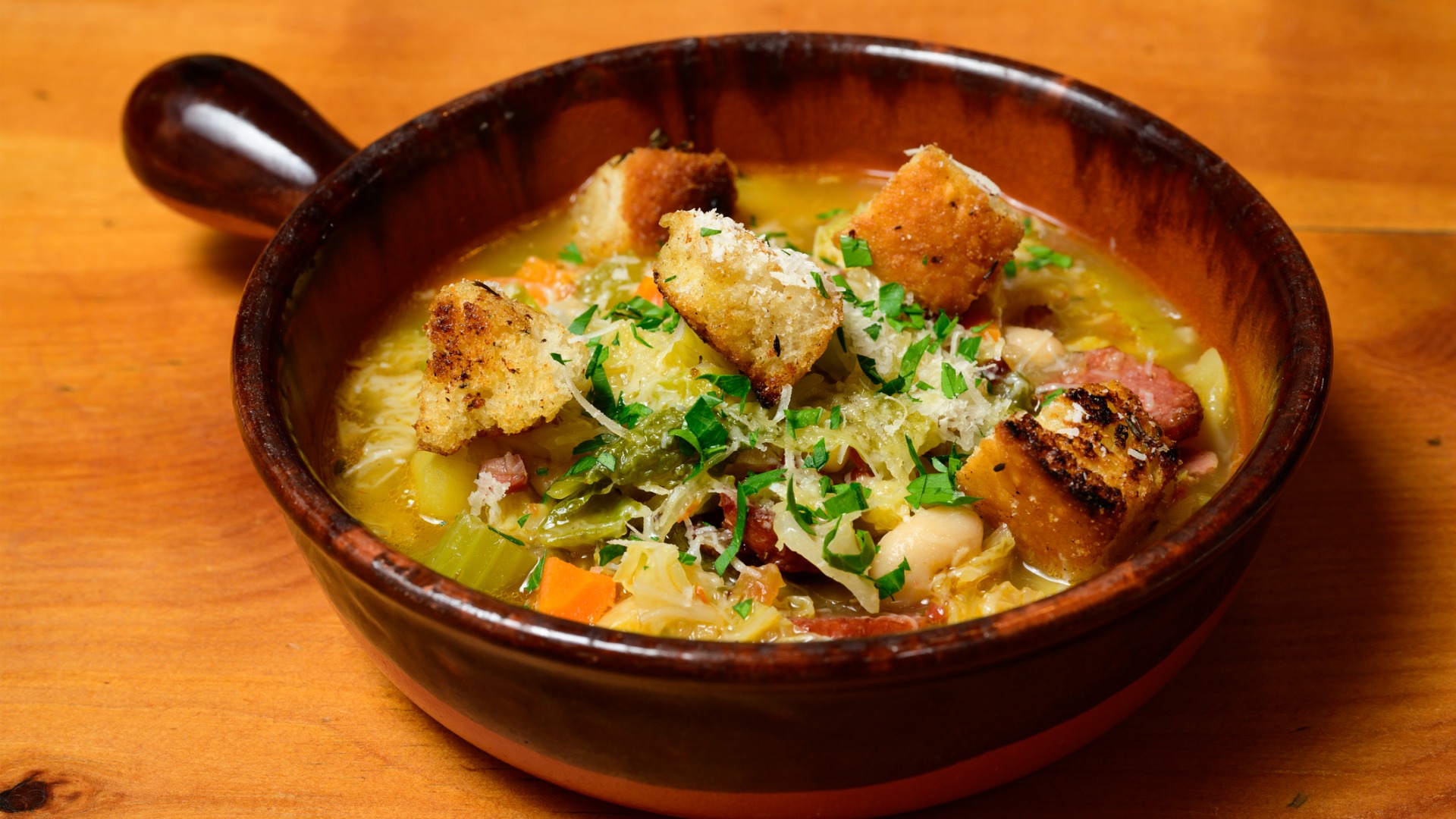
Southern Italy
The areas of Abruzzo to Calabria make up Southern Italy, with Campania (the house of Naples) being essentially the most well-known for meals. We’re speaking, after all, in regards to the birthplace of pizza.
The volcanic soil within the Campania area offers a definite taste to the meals grown right here, which incorporates tomatoes, peppers, potatoes, and onions. The fashionable pizza was invented in Naples within the seventeenth and 18th centuries and options the area’s well-known tomatoes and Mozzarella cheese.
Along with Pizza Napoletana, Campania additionally makes and consumes a number of pasta. Spaghetti alla Puttanesca is a neighborhood favourite. The realm can also be recognized for its distinctive desserts, like Struffoli and Sfogliatelle, and contemporary seafood from the Bay of Naples.
Elsewhere in Southern Italy, chili peppers and lamb reign in Abruzzo and Molise. Subsequent door in Puglia, you’ll discover numerous native produce. Well-known regional dishes embrace Orecchiette pasta, Zeppole donuts, and Focaccia bread. These areas are additionally well-known for being huge producers of top-quality olive oil.
Rounding out Southern Italy are Calabria and Basilicata. French rule and Spanish cultural influences affected Calabria, whose specialties embrace seafood, spicy sausages, and their very own tackle Neapolitan pizza. In Basilicata, rural traditions characteristic within the native delicacies with components similar to pork, horseradish, and Crusco pepper.
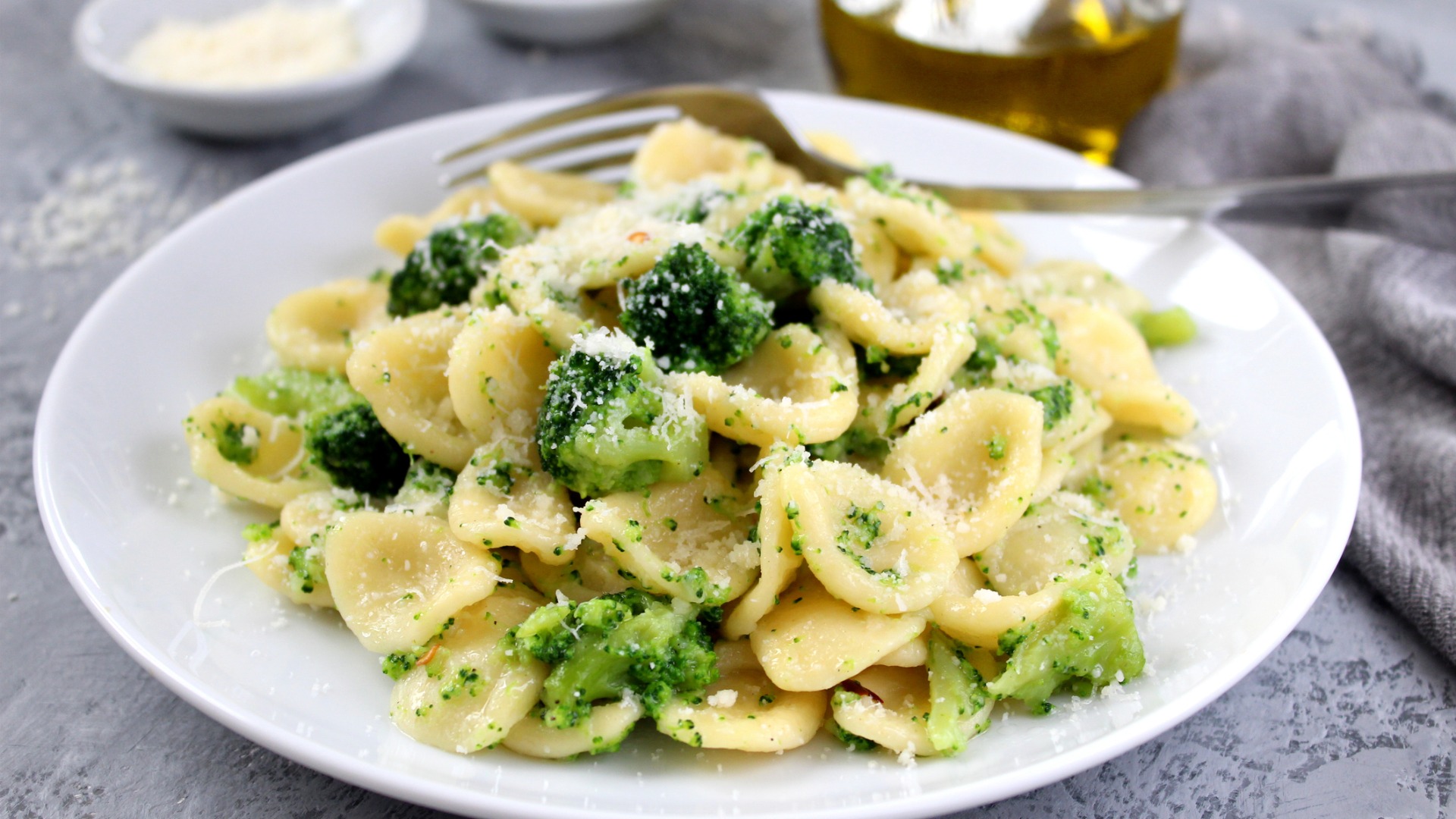
Islands
Italy’s two main islands are Sicily, off the toe of the boot, and Sardinia within the Mediterranean Sea. Each islands have distinct and scrumptious meals histories and traditions.
Sicily’s delicacies is closely influenced by the individuals who traditionally referred to as the island house, together with the Greeks, Spanish, and Arabs. Immediately, Sicilian delicacies emphasizes contemporary greens and fish. A North African affect can be felt in components of the island the place couscous and mint are widespread.
Favourite Sicilian dishes embrace Arancini (deep-fried rice balls), Pasta alla Norma (eggplant pasta), and desserts similar to Cannoli and Granita.
Over in Sardinia, you possibly can get pleasure from each meat, like boar and suckling pig, in addition to seafood freshly caught off the island’s coast. You’ll additionally discover mint, myrtle, sheep’s cheese, and Malloreddus pasta there.
Sardinia is well-known for Pane Carasau, a dry flatbread that’s conventional on the island. When topped with tomato sauce, cheese, and a poached egg, Carasau is remodeled into Pane Frattau, Sardinia’s tackle pizza.

Iconic Italian Dishes
You’re seemingly aware of Italy’s most iconic dishes, however we need to take this chance to share our favorites with you.
Pasta
Pasta is discovered all through Italy, with every area specializing in their very own pasta form, components, and sauces. In Rome, Carbonara made with cured meat, eggs, cheese, salt, and black pepper is common. In Puglia, you’ll discover Orecchiette (ear-shaped pasta) being hand-rolled on the road.
Emilia Romagna is the birthplace of among the finest and most well-known pasta varieties, similar to Tortellini, Lasagna, and Tagliatelle. Get pleasure from Tortellini stuffed with meat, cheese, eggs, and nutmeg, served in a broth or contemporary Tagliatelle combined with a wealthy meat sauce.
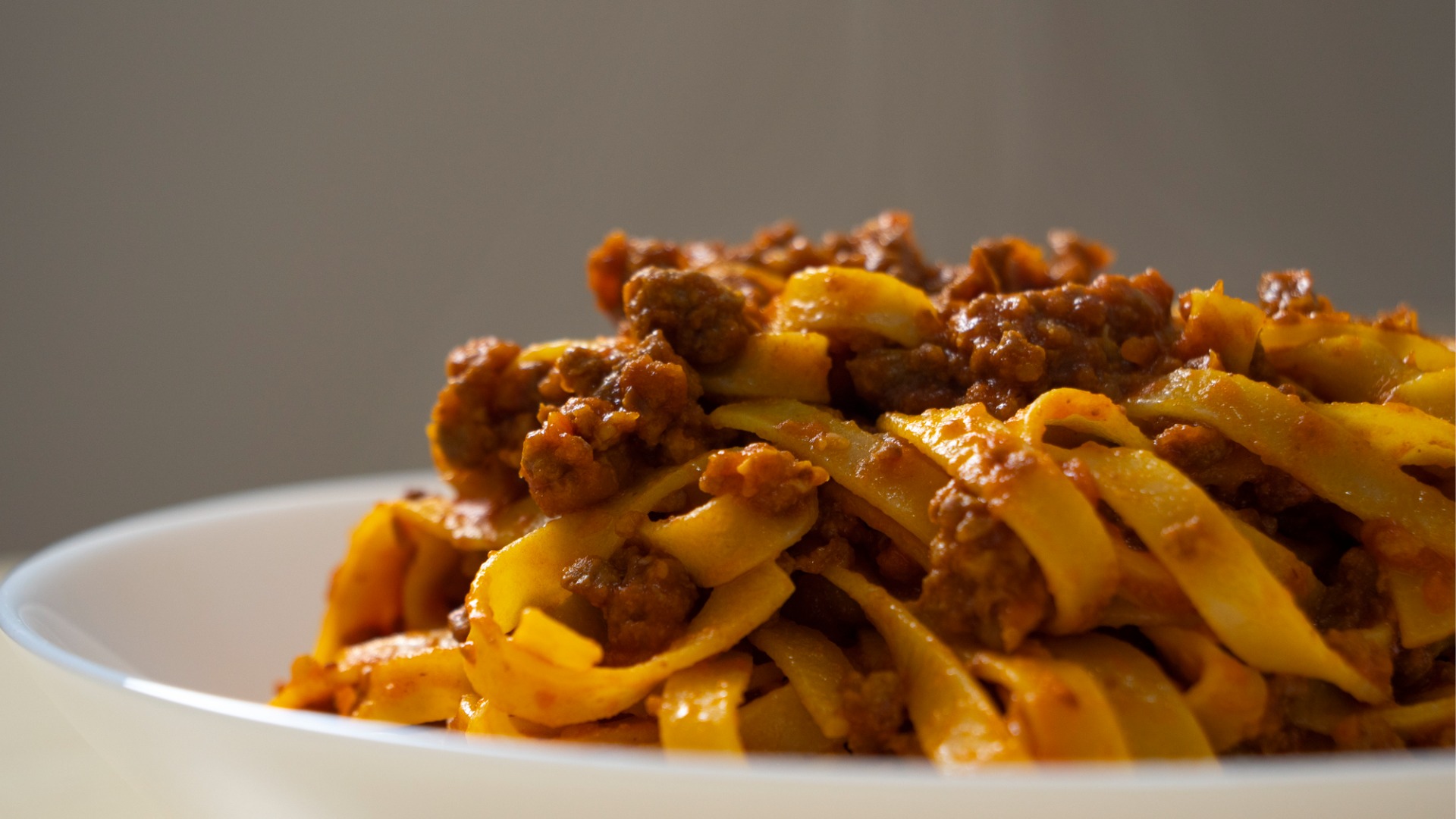
Pizza
Whereas modern-day pizza was born in Naples, completely different components of Italy put their very own spin on it. In Rome, pizza is commonly thicker and will be served in sq. slices, whereas in Sardinia it’s served on a crunchy flatbread.
The basic Pizza Margherita depends on three iconic Italian components: tomato, Mozzarella, and basil. These three components additionally signify the colours of the Italian flag: crimson, white, and inexperienced.
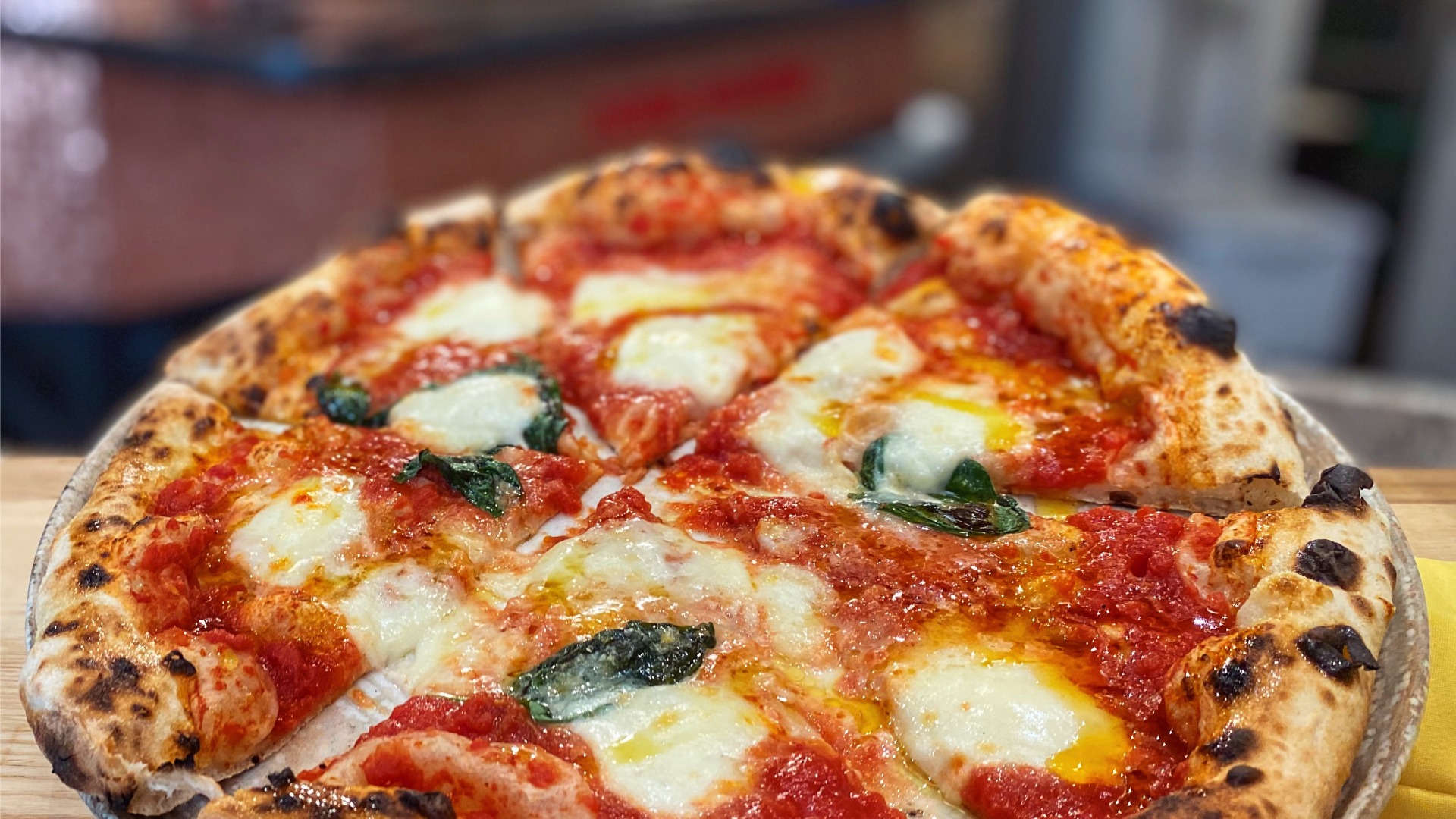
Risotto
Risotto is a rice dish you’ll discover served in Northern Italy. The rice is cooked in a broth till it takes on a creamy texture. Every area has its personal model of Risotto that includes completely different flavors and colours.
Risotto alla Milanese in Milan is made with beef inventory and saffron, giving it a definite yellow shade. Risotto al Nero di Seppia from Veneto is black, made with cuttlefish ink. Different varieties embrace crimson wine, seafood, mushrooms, and pumpkin.
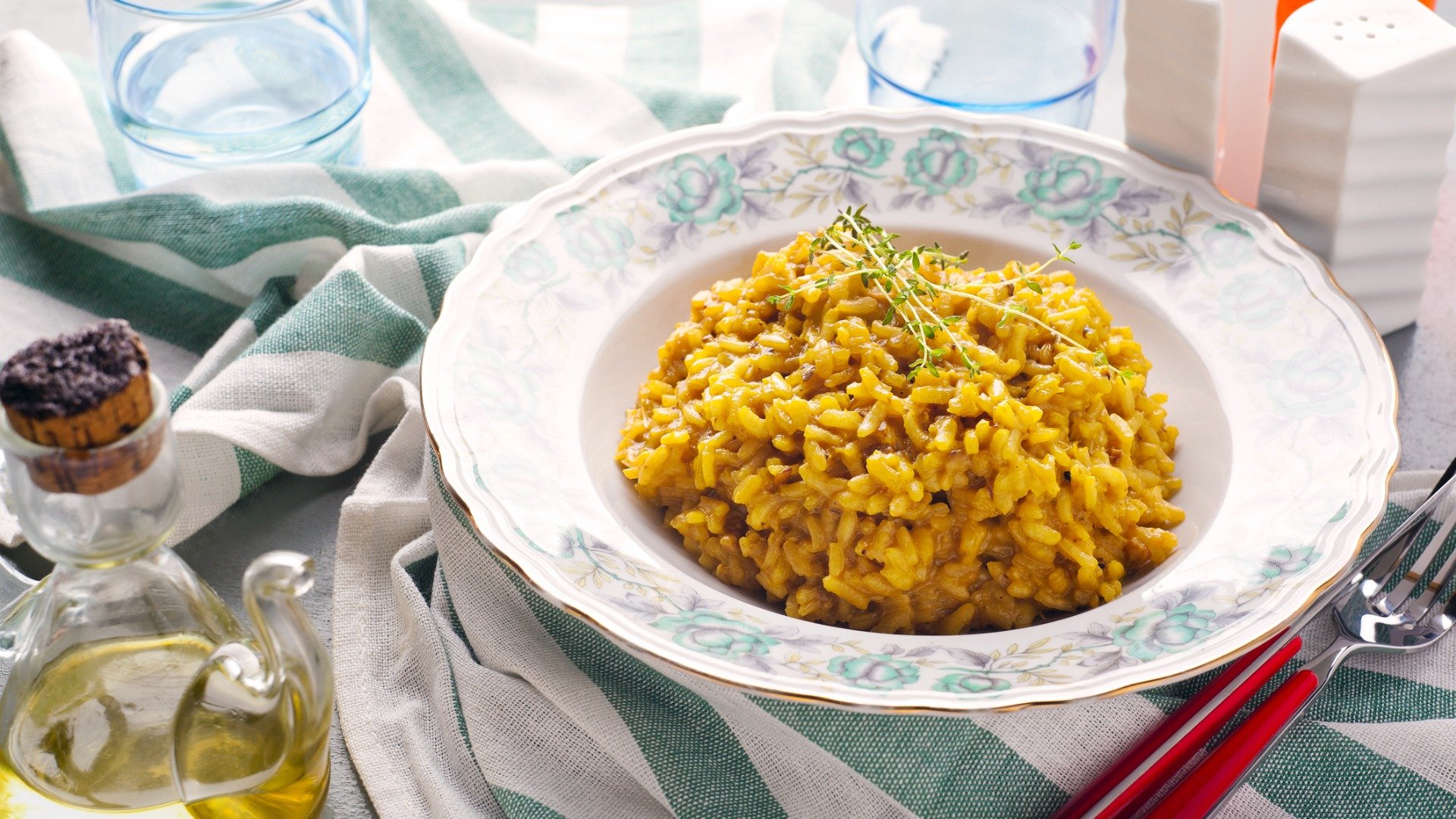
Antipasti
Antipasti are small, hand-held appetizers, normally served earlier than the official first course of a meal. They are often sizzling or chilly and range broadly throughout Italy, from a easy cheese and meat tray to deep-fried snacks.
Two common Antipasti are Bruschetta and Arancini. Bruschetta dates again to Historical Rome. It’s a bit of grilled bread with garlic and olive oil, typically with tomatoes on prime. Some regional varieties additionally characteristic meat, greens, and beans. Arancini are deep-fried, stuffed rice balls that hail from Sicily. The most well-liked Arancini filling is ragu which incorporates meat, tomato sauce, rice, and cheese.
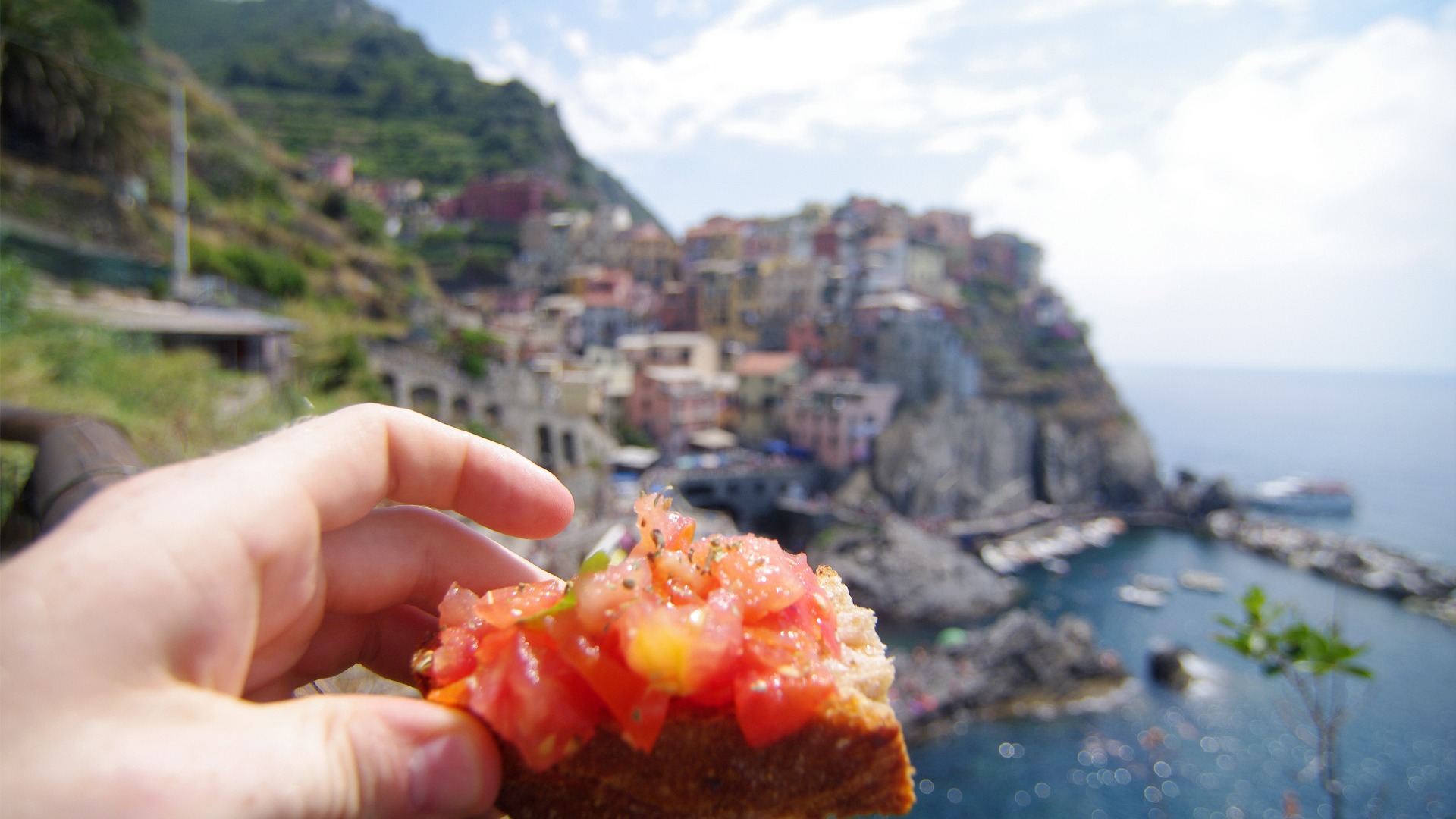
Dessert
To expertise La Dolce Vita (the candy life), you’ll need to bask in a few of Italy’s well-known desserts. Probably the most iconic Italian sweets are Tiramisu, Gelato, and Cannoli.
Tiramisu is a espresso dessert with Mascarpone cheese originating within the northeast of Italy within the Nineteen Sixties or 70s. It’s historically served in a spherical glass and eaten chilly. Frequent variations embrace including alcohol, chocolate, or fruit.
Gelato is the Italian tackle ice cream however comprises much less air and fewer fats than some other kind of ice cream. The unique Gelato, Fior di Latte, is obvious with no added flavors or eggs. Fashionable conventional flavors embrace Stracciatella, custard, vanilla, chocolate, hazelnut, almond, and pistachio.
Cannoli is a Sicilian dessert that consists of a fried pastry dough stuffed with candy Ricotta cheese. In Sicily, regional styles of Cannoli pop up across the island. In Palermo, you’ll discover Cannoli with candied orange whereas in Catania they like so as to add pistachios.

Italian Eating Etiquette & Tradition
Italians comply with a typical breakfast, lunch, and dinner meal construction, although a lot much less significance is positioned on breakfast. It may be a easy Cappuccino and pastry or skipped altogether. Lunch and dinner, then again, can run for hours, particularly at weekends, surrounded by family and friends.
Conventional Italian meals can have many programs, although these are sometimes reserved for an important day, like weddings, Christmas, or different household gatherings. On a regular basis meals have fewer programs, but it surely’s uncommon to have a single course in Italy.
Listed here are the everyday Italian programs:
- Antipasto: bite-sized appetizers served earlier than the meal, similar to Bruschetta or Prosciutto and cheese
- Primo: first course, typically a sizzling starch similar to pasta, Risotto, or Gnocchi
- Secondo: second or major course, normally meat or fish with potatoes
- Contorno: facet dish, seemingly a salad or vegetable
- Formaggio e Frutta: a primary dessert of cheese and fruits
- Dolce: a candy dessert, similar to Tiramisu, typically served with or earlier than espresso
Earlier than dinner, an aperitif will be served, whereas after dinner, a digestif could comply with. These are alcoholic drinks served to encourage your urge for food (aperitif) and assist in digestion (digestif). Frequent aperitifs embrace Vermouth, Martini, and Aperol Spritz, whereas widespread digestifs are Grappa, Limoncello, and Sambuca.
Italy additionally has a number of eating institutions, every becoming into a transparent position. The most typical ones embrace Agriturismo (a working farm that serves regionally made produce), Osteria (serving easy but nice meals from the area), Panificio (a bakery), Ristorante (extra upscale delicacies), and Trattoria (family-run, casual eating).
Some retailers and eating places solely specialise in one kind of meals, similar to Formaggeria (cheese), Gelateria (gelato), Paninoteca (sandwiches), and Pizzeria (pizza, after all).
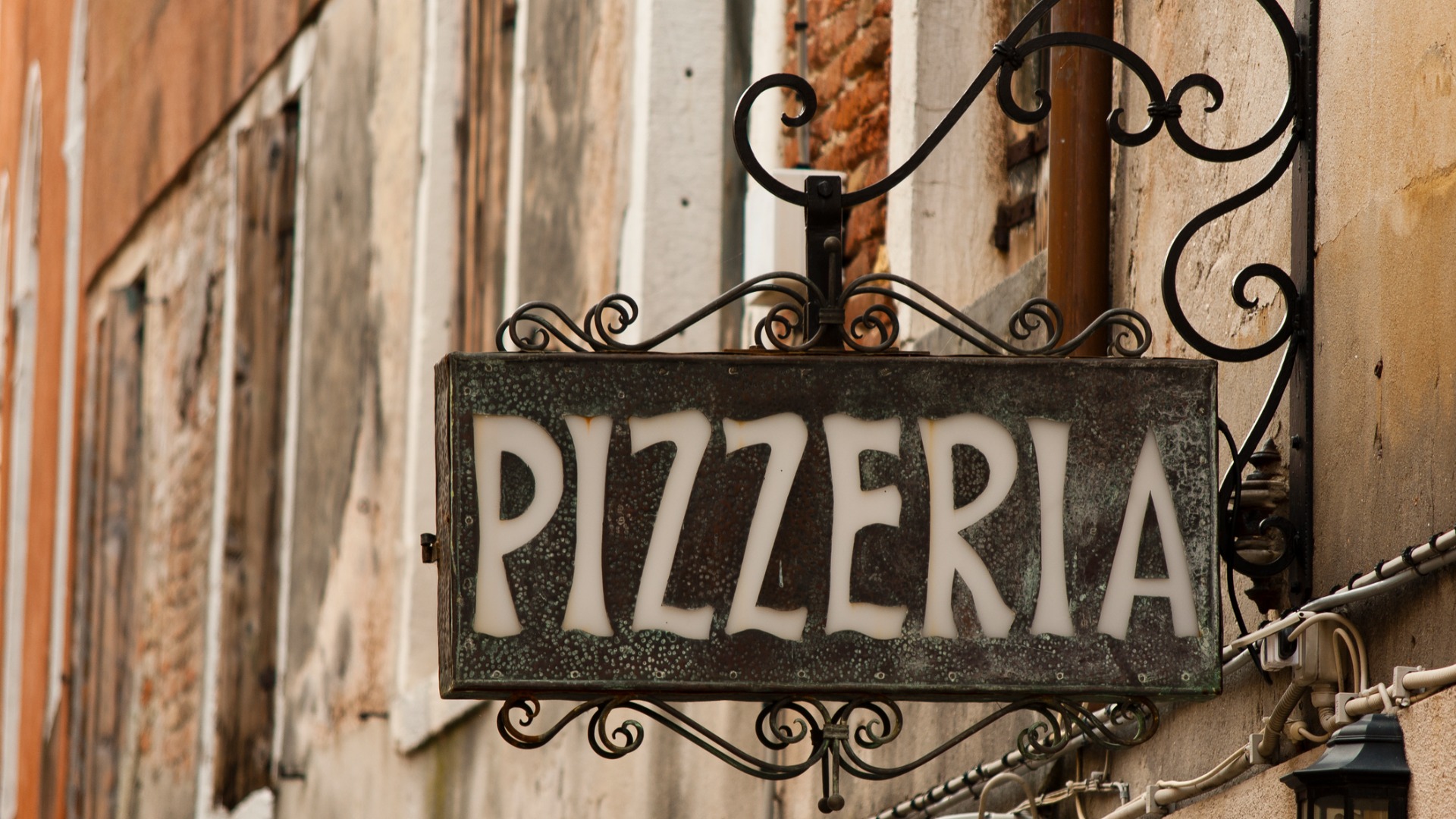
Affect of Italian Delicacies Worldwide
Attributable to immigration, journey, and the convenience with which components can now be imported, Italian delicacies is a worldwide phenomenon that has influenced a number of completely different cultures.
In Africa, earlier Italian colonies, similar to Ethiopia and Eritrea, nonetheless see the affect of Italy on their fashionable delicacies. Italian South Africans sustain the demand for Italian meat and cheese, whereas South Africa has begun producing olive oil.
Throughout Europe, Italy’s affect has affected pasta-making in Croatia and the cuisines of close by Good, Corsica, and Malta. And let’s not neglect Slovenian Ravioli and Gnocchi, and Swiss Polenta and Risotto.
Italian immigration to South America and Oceania has additionally impacted their cuisines, creating fascinating fusion dishes similar to Sao Paulo’s tackle pizza, Venezuela’s model of Lasagna, and Australia’s rooster parm.
Probably the most well-known instance of Italian delicacies’s international affect is seen in america the place Italian Individuals put their spin on conventional Italian recipes and components. The result’s a wealthy tradition of Italian-American meals and new regional rivalries, like New York pizza vs Chicago pizza.
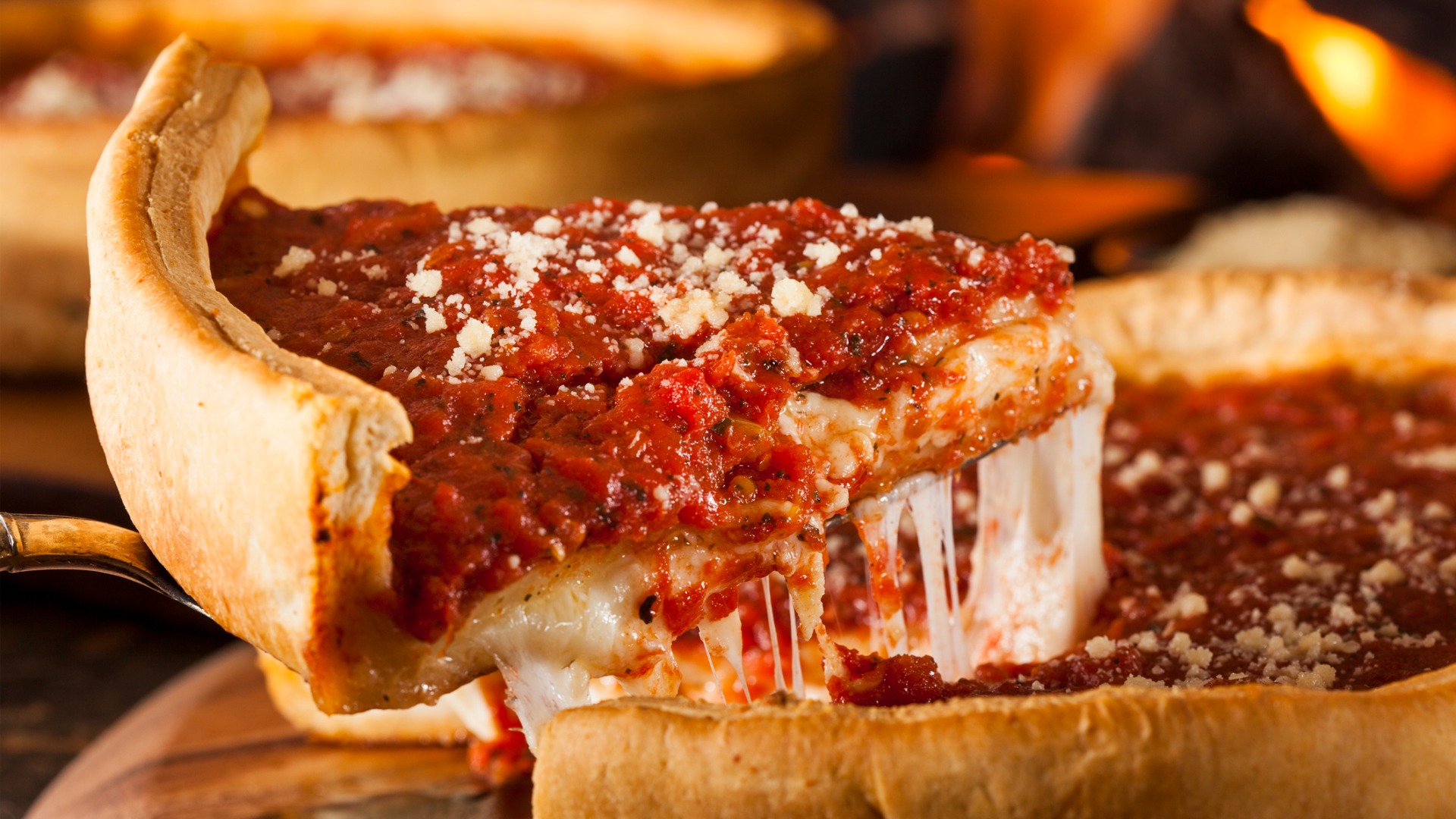
Style The Finest Italian Meals With JayWay
We hope this overview of Italian delicacies has impressed not simply what you’re having for dinner tonight however your subsequent journey to Italy. Whereas Italian meals has unfold across the globe, there’s really no higher technique to respect the regional variations, conventional cooking strategies, and Italian approach of having fun with meals than by consuming in Italy.
If you wish to savor all of the delectable conventional dishes of actual Italian delicacies and delve into the culinary tradition of this outstanding European nation, go away it within the fingers of our skilled journey planners to craft the most effective customized itinerary for you, an Italian journey that will fulfill not solely your style buds but additionally any foodie, artwork aficionado, nature fanatic, or just lover of the candy life.

Born and raised in Athens, Maria’s enthusiastic about journey and storytelling, a mixture that makes her perfect for her position as our content material supervisor.

